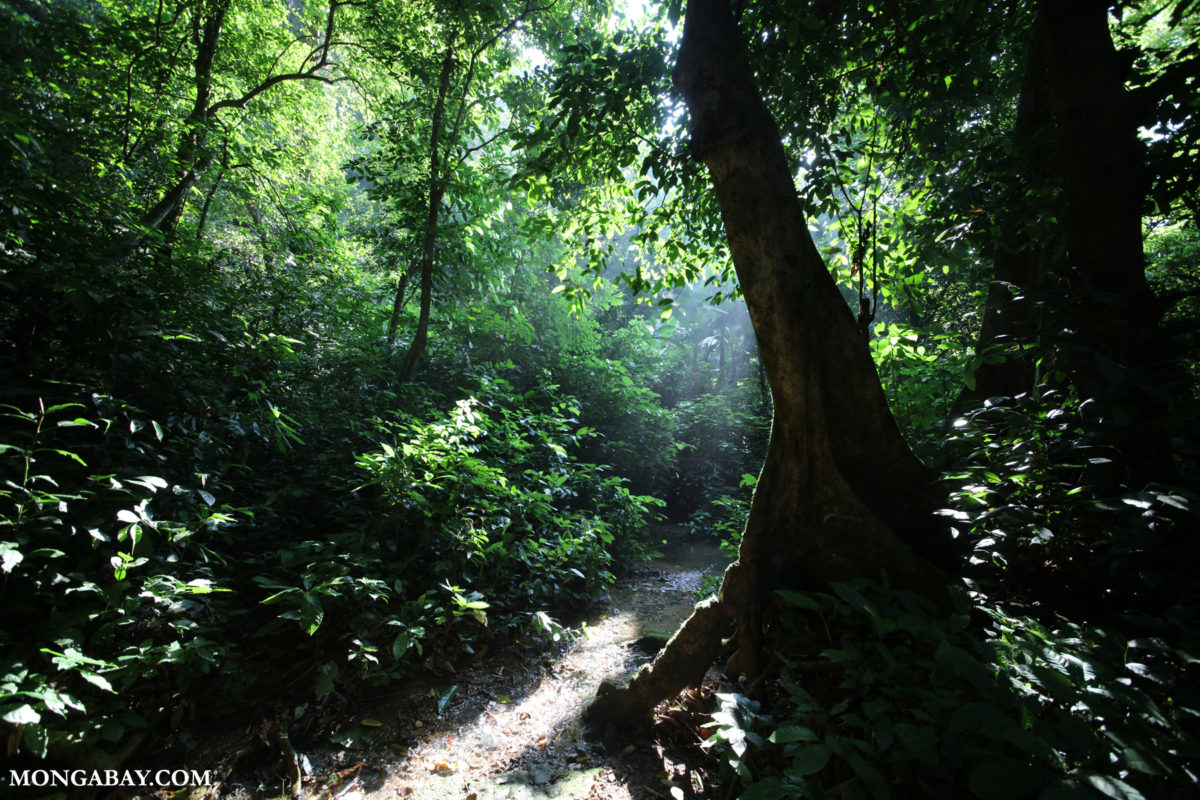On November 2, 2021 at the 26th U.N. Climate Change Conference (#COP26), 127 countries signed the Glasgow Leaders’ Declaration on Forests and Land Use which commits them to eliminate forest loss by 2030 as part of their collective efforts to combat climate change.
The declaration, which was accompanied by some $19.2 billion in related funding commitments, came seven years after the New York Declaration on Forests, under which 39 countries pledged to halve deforestation by 2020 and end it by 2030.
How do these two declarations compare?

Scope
The New York Declaration on Forests, which was signed during U.N. Climate Week rather than that year’s COP, included 39 country-level signatories as well as a number of sub-national jurisdictions, private companies, and NGOs. At the country level — therefore excluding sub-national jurisdictions like states and provinces — signatories representing 39% of both global tree cover and primary tropical forest cover that existed in 2010. That translates to 1.5 billion hectares of tree cover and 391 million hectares of primary tropical forest, according to 2021 data from Global Forest Watch and Matthew Hansen of the University of Maryland (all data presented in the rest of this piece are from that source).
The Glasgow Leaders’ Declaration on Forests and Land was signed by 127 countries (as of November 3, 2021) which represent about 90% of 2010 global tree cover and 85% of 2010 primary tropical forest cover. In raw number terms, signatories had about 3.5 billion hectares of tree cover and 858 million hectares of primary tropical forest in 2010.
But the country-level designation doesn’t capture the full picture for New York signatories. If subnational jurisdictions are included, the share of tree cover represented by signatories rises to 44%, or 1.7 billion hectares, and primary tropical forest cover to 55%, or 558 million hectares.
Country-level changes
More than three times as many countries signed the Glasgow Declaration as the New York Declaration, but Thailand, Ethiopia, and El Salvador were three nations that endorsed the first, but not the second pact.
The biggest new signatories are Russia (ranked #1 globally in terms of tree cover), Brazil (#2, thanks to the Amazon rainforest), and China (#6) which, combined, account for 1.4 billion hectares of tree cover. Among tropical nations, after Brazil, the biggest new additions are Papua New Guinea (32 million hectares of primary tropical forest), Gabon (23 million hectares), and the Republic of the Congo (21 million hectares).
Specific commitments
The two declarations have alignment around the need to eliminate deforestation from commodity supply chains, promote sustainable forest management and industries that support local livelihoods, create financial incentives for forest conservation, restore ecosystems, and limit warming to less than 2°C.
But the Glasgow Declaration is vague, relative to the New York Declaration, in several areas. For example, the New York Declaration sets specific targets for ecosystem restoration (150 million hectares by 2020; 350 million by 2030) and names palm oil, soy, paper and beef as the commodities whose production should be disaggregated from deforestation.
The Glasgow Declaration references “forests and other terrestrial ecosystems”, which is a broader scope than the New York Declaration’s focus of forests.

How effective was the New York Declaration on Forests?
While the New York Declaration on Forests catalyzed global awareness for the importance of forests and the need to address deforestation, it missed the mark by a wide margin in terms of achieving its 2020 goal to reduce natural forest loss by 50%. Loss of primary tropical forest in signatory countries – a fair proxy for “natural forest loss” – rose 12.9% from 6.3 million hectares for 2010-2014 to 7.1 million hectares for 2016-2020. Adding sub-national signatories to the equation worsened the performance, with loss rising 19.3% between the two periods.

Tree cover loss — which is a significantly less precise proxy in many countries — showed a similar trend, with a double digit percentage increase between the two five-year periods.
Had the signatories realized their ambition of halving deforestation, as defined by primary forest loss, such clearing would have needed to fall by 4 million to 5.5 million hectares relative to what actually occurred. In other words, the 2020 target was missed by 63-75% if we use primary forest loss as the proxy for natural forest loss.
So what are the prospects for the Glasgow Declaration? The signatories have set a 2030 target to collectively “halt and reverse forest loss and land degradation.” That loose definition leaves a lot of room for interpretation — for example, a country could potentially claim “net zero deforestation” by converting natural forests to monoculture plantations. But as a thought experiment, let’s use the same approach that we applied to New York Declaration signatories.


In aggregate, signatories of the Glasgow Declaration lost 91.7 million hectares of tree cover and 12.5 million hectares of primary tropical forest between 2010 and 2014, which rose 28.8% and 50.2% to 118.1 million hectares and 18.8 million hectares respectively for the 2016-2020 period. So to achieve zero deforestation, signatories would need to reduce annual forest loss by at least 3.1 million hectares a year, if primary forest loss is the proxy target, and perhaps a multiple of that amount if secondary forests figure into the calculation. That’s a lot of trees to protect especially given the trend of rising forest conversion and worsening forest fires.





